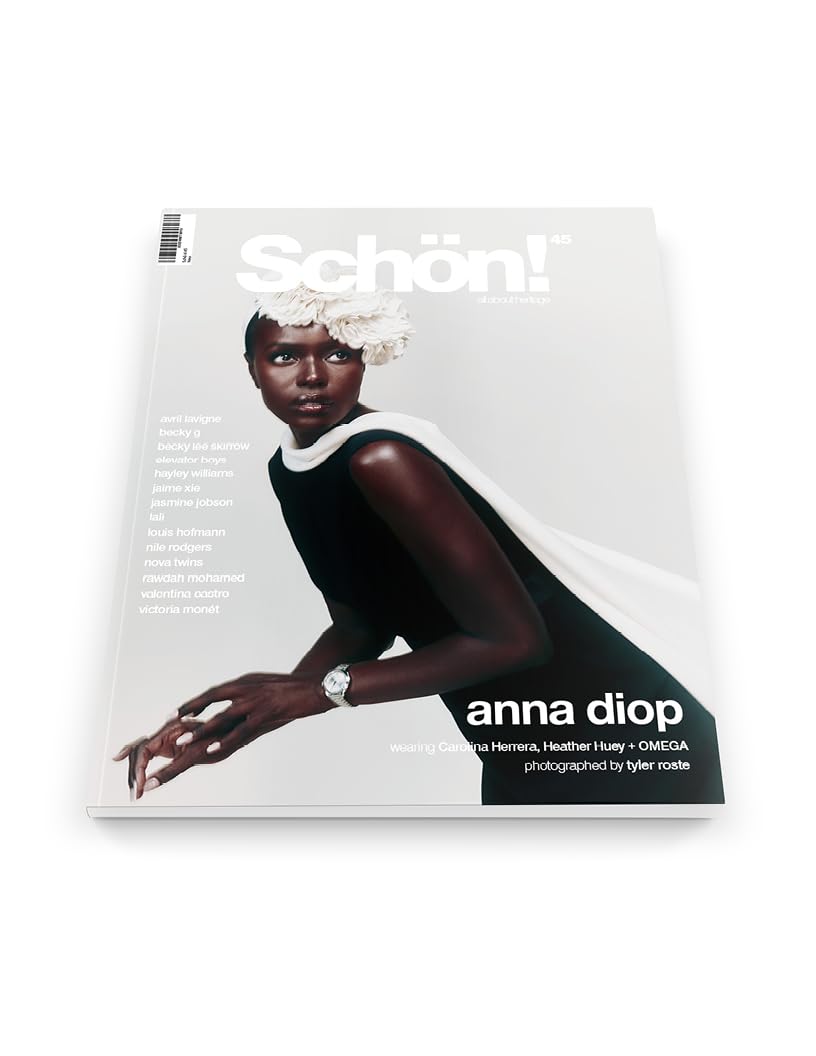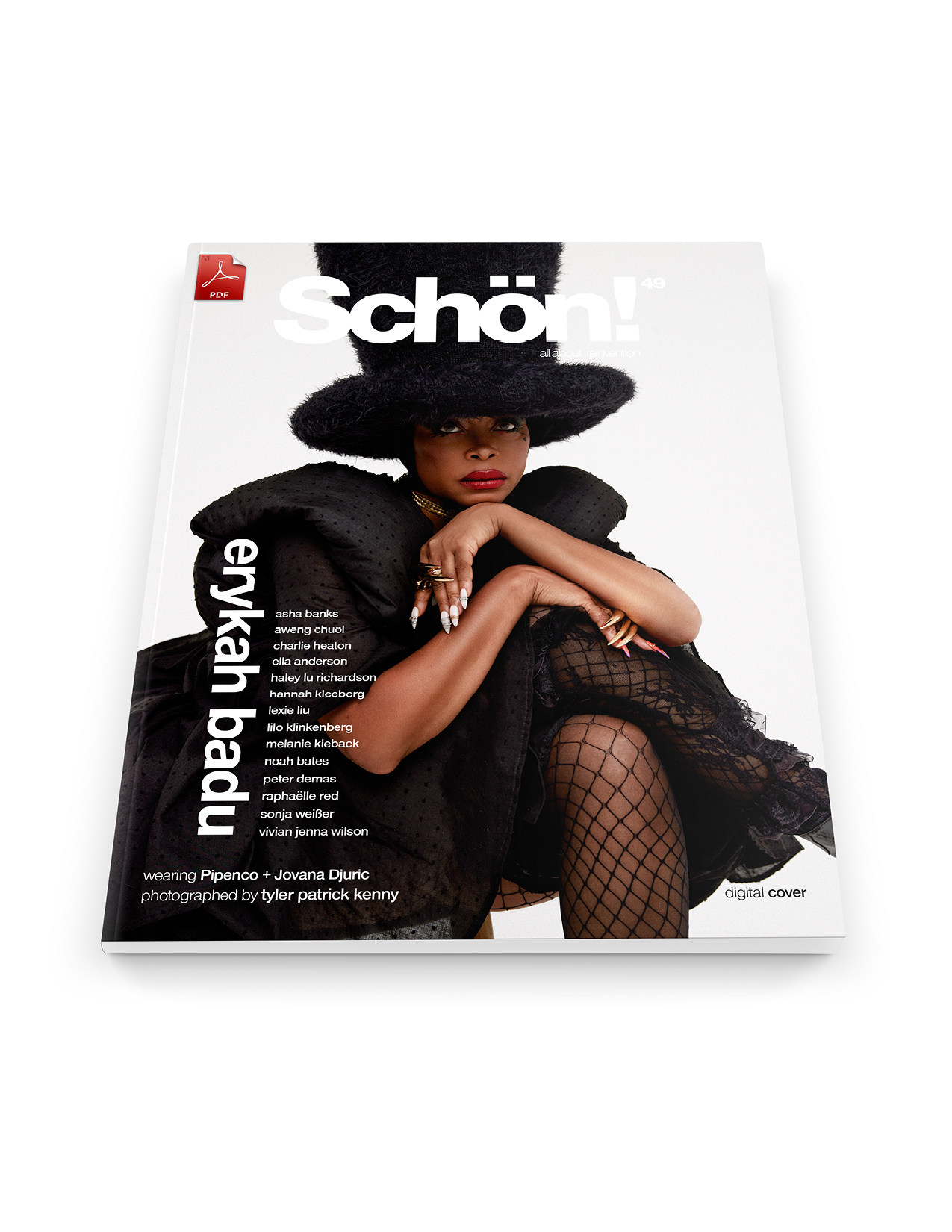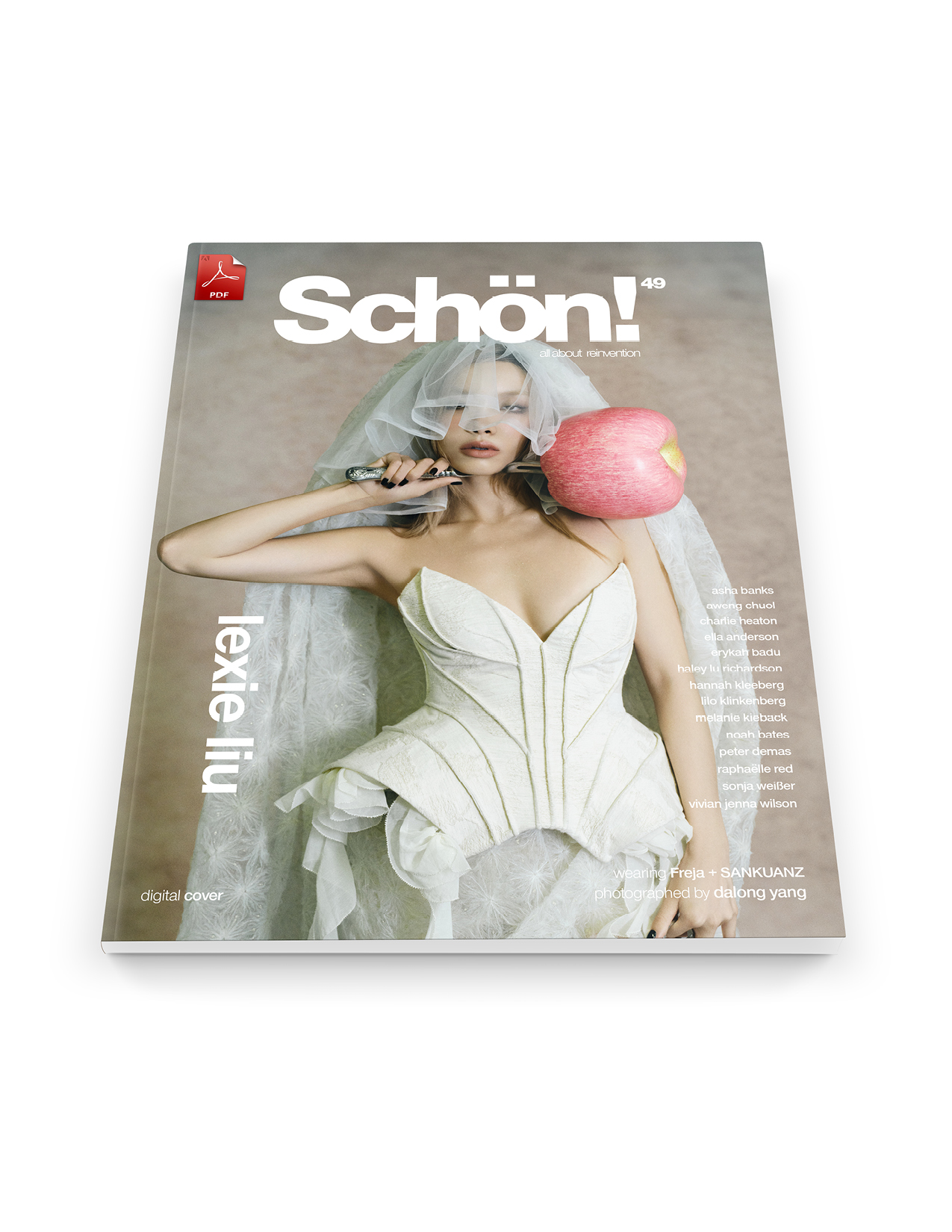
Gareth Pugh, Spring Summer 2018
Truth be told: we don’t need any more clothes, we don’t need another fashion week and we don’t need any more designers.
So why do we have a whole fashion month and, most importantly, what am I going to write about? Well, I’m going to write about those clever people who make us think that we do in fact need more clothes, we do indeed need to see new fashion collections and that there is always a new name to excite us. But, above all, I am going to be writing about clothes, a small matter sometimes forgotten in the adulation and the Instagram avalanche of mod images.
It’s great when a designer is brilliant enough to change fashion: Christian Dior, Rei Kawakubo, Martin Margiela, Alexander McQueen, are some of the names that have managed to shake this seemingly impenetrable industry. Although we might argue that we are far from this happening anytime soon, in uncertain financial and political times fashion needs to reassure not challenge, and indeed the commerciality of many of the big names is clamant. Good clothes do not have to be basic or boring but they are much more difficult to design and get right than most people think.

Versace, Spring Summer 2018
A collection must offer options: a range of proportions petite to tall, a varied colour palette, and pieces which are special, expensive, and desirable alongside clothing similar to something the customer might already own but that have that je ne sais quoi to them to actually buy them. This may be a curve, a detail, or a proportion which speaks of freshness but retains its classicism. It is abundantly clear that micro designing, as well as a harmonious relationship between what you create and the customer, are vital. This creates a myriad selection of fashion islands, each an independent culture with its leader, followers, and rules. This also means we do need more fashion weeks but focused on local business, not on global domination with two hundred outlets. This, in turn, indicates that “trends” are fragmented into a million shards of glass – each perfectly valid but none huge enough to create a seismic shift in fashion. But we need these tiny particles of reassurance, for online reporting, print journalism and a thousand new ways of communicating fashion trends to fill the endlessly ravenous cyberworld.
Do women in 2017 really rush out to buy something because the fashion world tells them to? Are the influencers, the newest sub-brand within the style world, really influencing anyone except other influencers? There is now a big division within the fashion industry. Those getting on with simply doing an excellent job, producing top quality collections, and expanding slowly, working with those they sell too and building a solid business, season after season. These labels look at fabrics, finishes, and, ultimately, the quality they are offering. Victoria/Tomas, for example, source where is best for them, which in this case are France and Portugal. The huge labels main task is to fill every stand-alone shop and every concession with product from shoes to hats from cruise to coats. The quality and fabrics will be good because they have the power but the requirements for the designer are to offer something for everyone across the world of every taste and size. They are also often bolstered by fragrance and beauty sales plus accessories; rendering the clothes less important than previously.

Michael Kors, Spring Summer 2018

Coach, Spring Summer 2018
In New York, people knock Michael Kors but at the heart of what he does is an all-American understanding of luxury sportswear, his label and brand is Americana and he totally understands this market. Global sales of diffusion and accessories support this but the heart of the business is on target aesthetically and business wise. American fashion has three main prongs: street, ladylike and cultural. Stuart Vevers may be English-art-school trained but his Coach cowboy shirts, college blousons, and letter sweaters fit into Americana traditions like burgers and baseball. Alexander Wang own label is streetwise and sassy without being frightening or avant-garde. Derek Lam, Brandon Maxwell, The Row, Tom Ford, and Zac Posen could all dress today’s CZ Guest, or Babe Paley, as could Kors. Nice jackets, great dresses, well-cut trousers, and good coats all ladylike with the odd touch of sexy. This season the amazingly talented Raf Simons looked too European for Calvin Klein, Del Pozo also looked fabulous but alien in New York, and Marc Jacobs looked exactly like Marc Jacobs. Philip Plein showed in New York which was a perfect match and Vetements, true to their credo, shot the new collection on the streets.

Alexander Wang, Spring Summer 2018

Calvin Klein, Spring Summer 2018
As far as London goes, the classic brands and labels, namely Burberry, Daks, Pringle, and Belstaff no longer rely on the home market, resulting in an aspiring look to “international” and often employing designers from outside the British fashion education system, who in turn go to Italy or America. Belstaff seems to me the most successful in its Euro-chic attitude, melding English, Scottish, Italian, and French culture into a clean modern look which is versatile, luxurious and understated. Adjacent to this group is Margaret Howell, whose genius in offering a tight repertoire of perfect pieces for men and women never falters of misjudges. Clothes which chat quietly rather than shout, clothes to wear and cherish until the fall apart, clothes designed to wear and live in rather than as wild impulses. Applause, please. The next group is those raised and nurtured by that very British fashion education system and whose creative qualities are beyond flabbergasting. Faustine Steinmetz, Preen, Antonio Berardi, David Koma, Erdem, Ryan Lo, Eudon Choi, Marques Almeida and Ashish from London College of Fashion, Royal College of Art and Central Saint Martins typify London designers in their eclecticism and their interest in textiles. Pattern cutting and construction from Choi, Berardi and Koma, craft textiles from Steinmetz and Preen, Romance from Lo and Erdem and street sexiness from Marques Almeida. It’s all why they are there at the top of the LFW listings alongside Gareth Pugh, who this season showed a dazzling movie rather than a catwalk show. London isn’t like any other fashion capital and despite the ebb and flow of designers, the city is now firmly established as the second stop on the month-long marathon.

Margaret Howell, Spring Summer 2018

Antonio Berardi, Spring Summer 2018

Dolce & Gabbana, Spring Summer 2018
Milan follows swiftly on and has had an odd season. Alessandro Michele at Gucci delivered exactly what he should do and didn’t compromise, shift, or weaken his creative stance. If some found it “more of the same”, what were they expecting? It’s working, it’s selling, it’s amazing and it’s undoubtedly a true fashion statement. Dolce & Gabbana went back to their very beginnings with much more black and wonderful Sicilian widow’s inspiration, an especially strong element. Donatella Versace also looked back to the glory days of her late brother Gianni. A touching act of bravery for a collection that certainly got plenty of raves and excitement, especially from the youngest attendees. Armani remained true to the brand’s lines, Moschino is pure Jeremy Scott. On the other hand, Etro presented a beautiful debut collection from Veronica and Kean Etro, truly enhancing the wonderful reputation of the luxury brand; whilst Max Mara demonstrated Italian style at its pinnacle. Clothes worthy of wrapping around Claudia Cardinale, Sophia Loren and Silvana Mangano.

Gucci, Spring Summer 2018

Moschino, Spring Summer 2018

Max Mara, Spring Summer 2018

Etro, Spring Summer 2018
We’ve discussed Paris in detail but suffice to say it remains the leader of the four cities. To be able to see Yohji Yamamoto, Lutz Huelle, Chanel and Anne Sofie Madsen in one city within a few days demonstrates the range the opportunities to see the broadest range of fashion possible. New names are supported by wonderful PR people like Lucien Pages PR, Kuki de Salvertes at Totem, Catherine Miran, PR Consulting, Station Service PR, Pressing PR, and many others who nurture and support young or new visitors to Paris. The Fédération de la Haute Couture et de la Mode functions better than in any other city. To welcome Dries van Noten and Rei Kawakubo and place them alongside houses like Dior or Balenciaga shows why Paris remains the one city to drench yourself in fashion from the extreme classic and minimalist to the maddest eccentricities possible.

Balenciaga, Spring Summer 2018

Erdem, Spring Summer 2018
Undoubtedly, the blurring of the line between ready to wear and haute couture is becoming stronger each season. Thom Browne was pure couture in extraordinary pieces whose construction and embellishment was a tribute to his workrooms, much of Chanel had a couture quality in fabric, finish, and decoration, and surely Yohji Yamamoto could return to the couture schedule again.

Thom Browne, Spring Summer 2018
So now that the season over, let’s relax until menswear starts, or perhaps not, Portugal Fashion Week is on and the amazing David Ferreira just showed. Onwards!
Words / Tony Glenville
Discover the latest issue of Schön!.
Now available in print, as an ebook, online and on any mobile device.






































































































